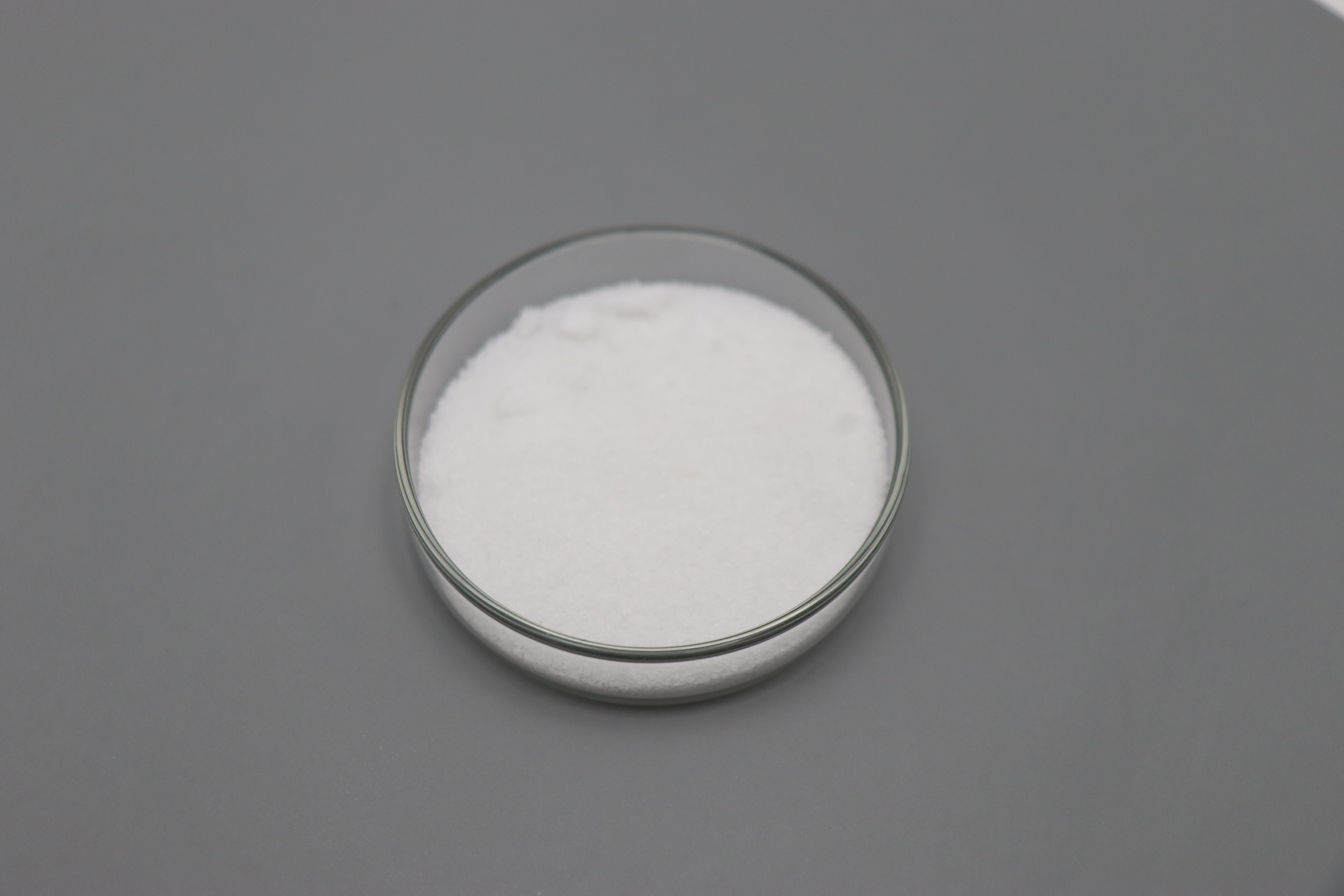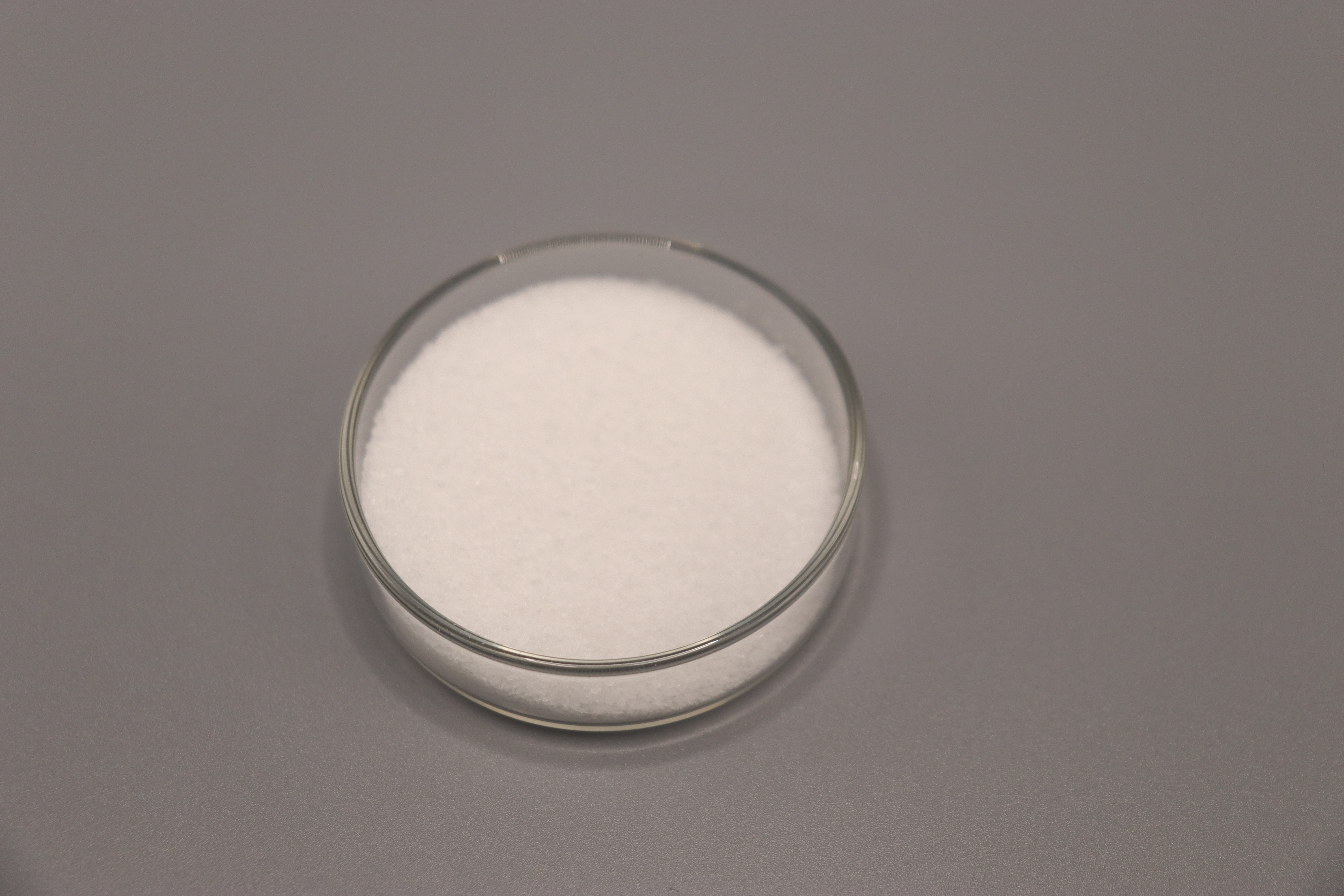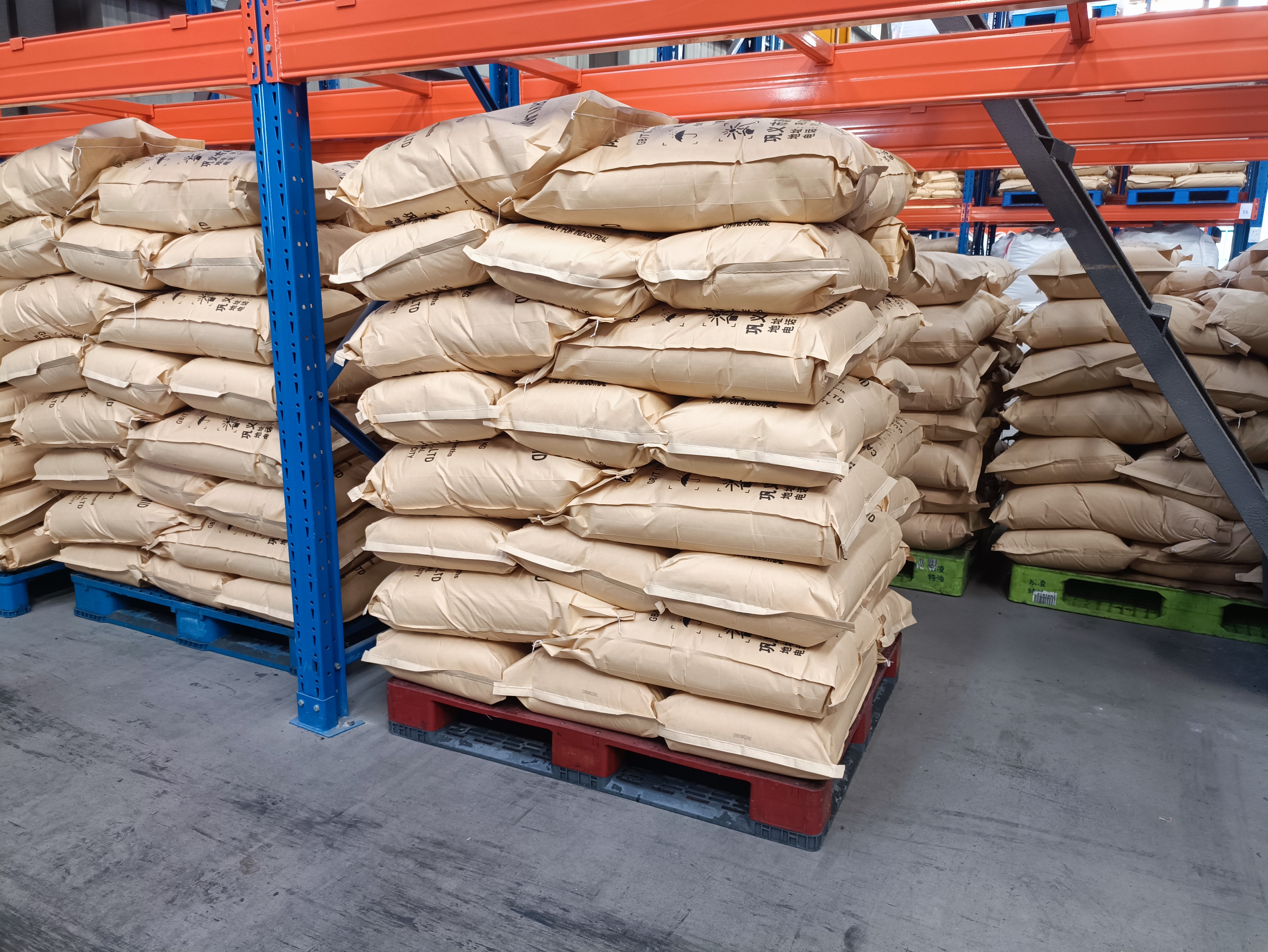Unlocking the Potential of Polyacrylamide: A Versatile Polymer
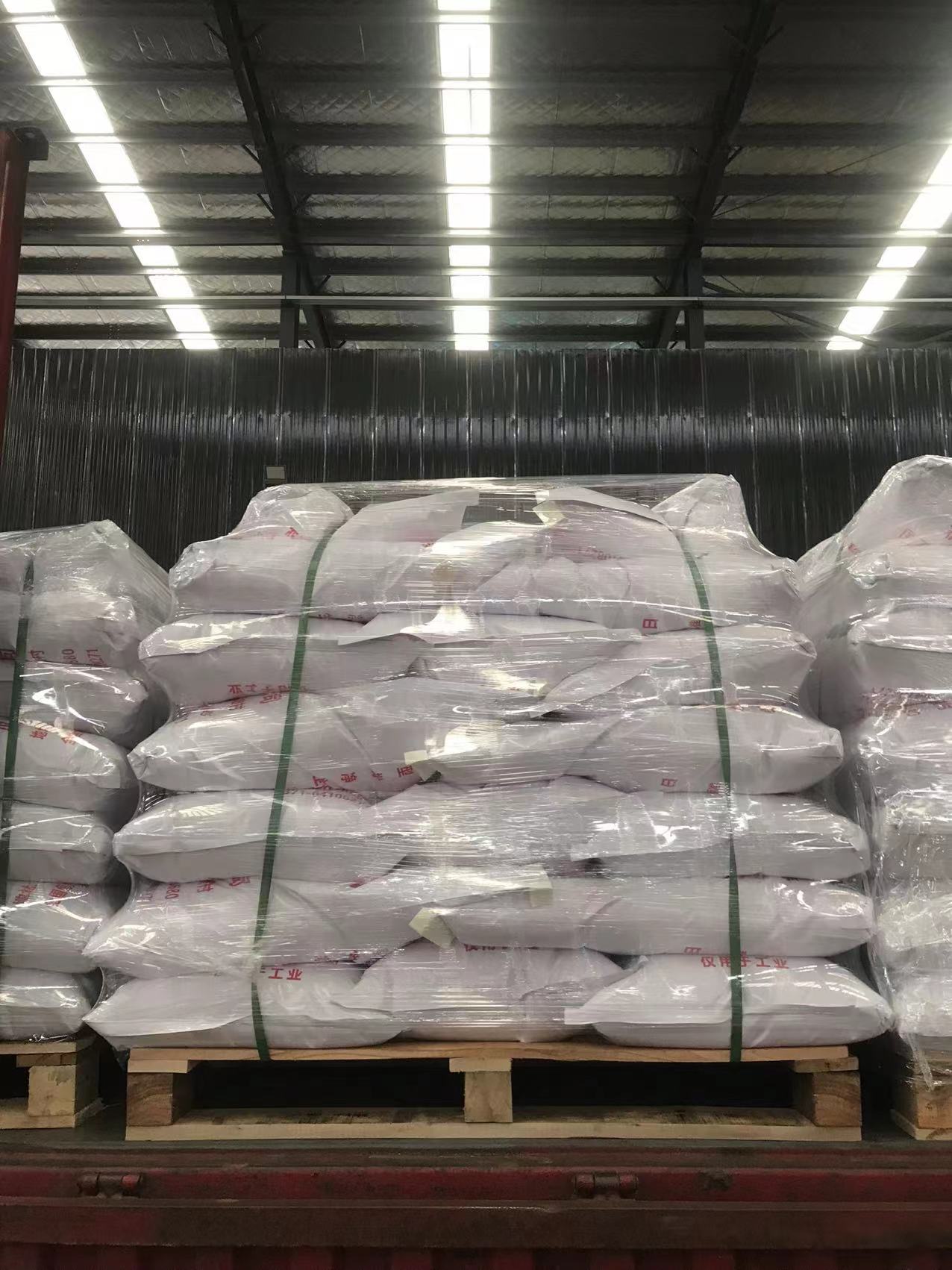
Polyacrylamide is a synthetic polymer that has gained significant attention across various industries due to its versatile properties. From water treatment to agriculture, this polymer offers a range of benefits that make it an essential component in many applications. In this article, we’ll delve into the uses, benefits, and potential of polyacrylamide.
Understanding Polyacrylamide
Polyacrylamide is composed of acrylamide subunits, and it is highly valued for its ability to form gels. This characteristic makes it particularly useful in applications that require thickening or flocculation. Its molecular structure allows it to expand and contract, which is beneficial in controlling water flow and retention.
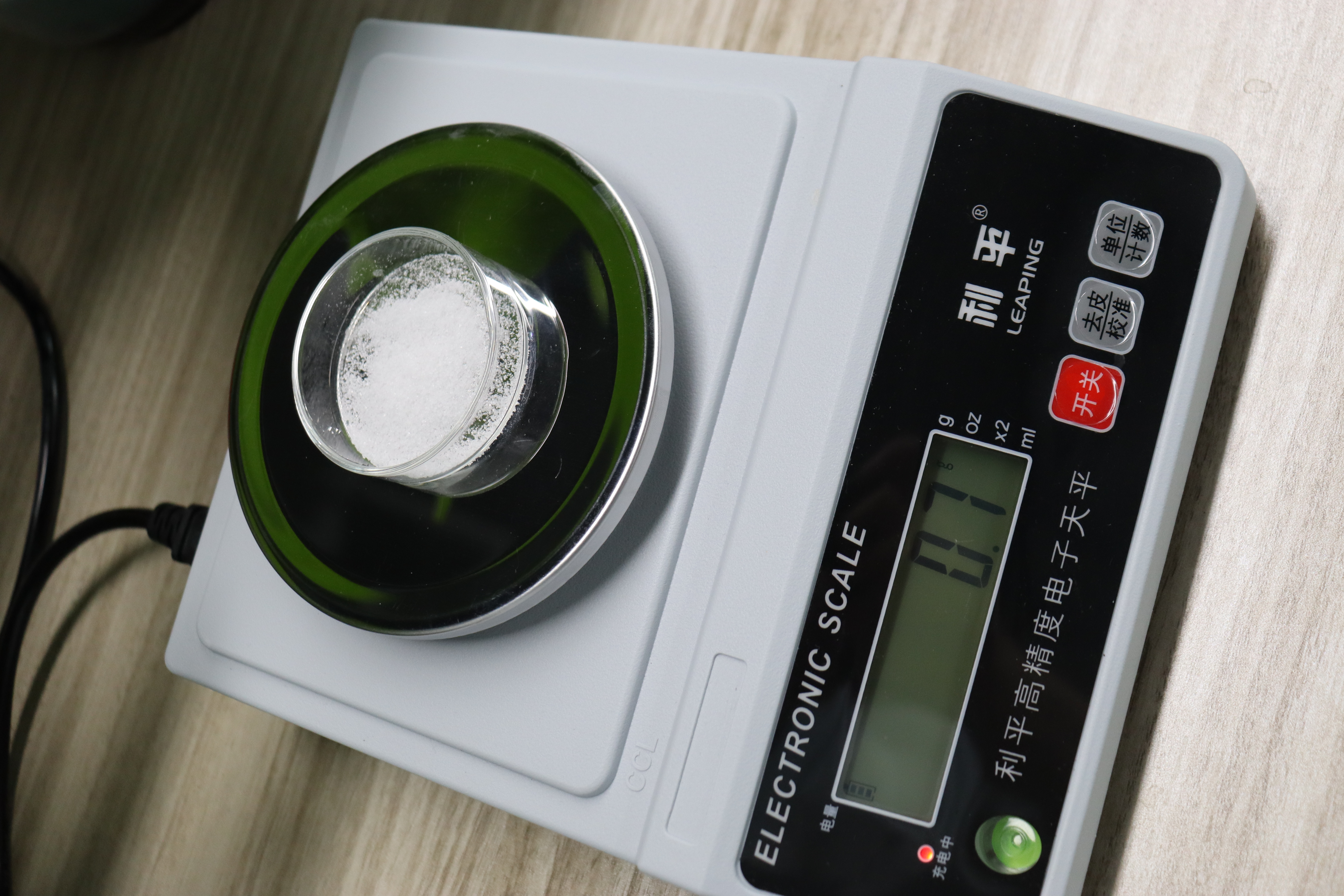
Applications in Water Treatment
One of the most common uses of polyacrylamide is in water treatment processes. It acts as a flocculant, helping to aggregate particles and facilitate their removal from water. This makes it an effective agent for purifying drinking water and treating wastewater, ensuring that water is clean and safe for consumption and release into the environment.
Role in Agriculture
In the agricultural sector, polyacrylamide is used to enhance water retention in soil, reducing the need for frequent irrigation. It helps to prevent soil erosion and improves soil structure, promoting healthier plant growth. This makes it a valuable tool for sustainable farming practices.
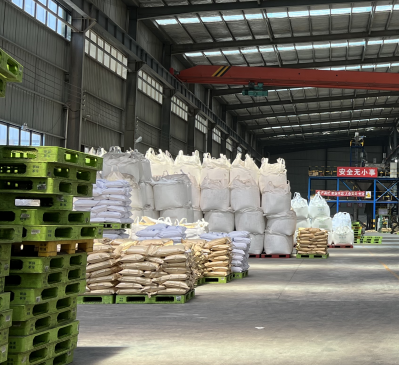
Benefits in the Oil and Gas Industry
The oil and gas industry also leverages the properties of polyacrylamide for enhanced oil recovery processes. It is used to increase the viscosity of water, allowing for more efficient displacement of oil in reservoirs. This can lead to increased extraction rates and improved efficiency in oil recovery operations.
Conclusion
Polyacrylamide’s unique properties make it a versatile and indispensable material across multiple industries. Its ability to improve water quality, enhance agricultural productivity, and optimize oil recovery processes highlights its importance and potential for future applications. As research and development continue, we can expect even more innovative uses for this remarkable polymer.
“`
